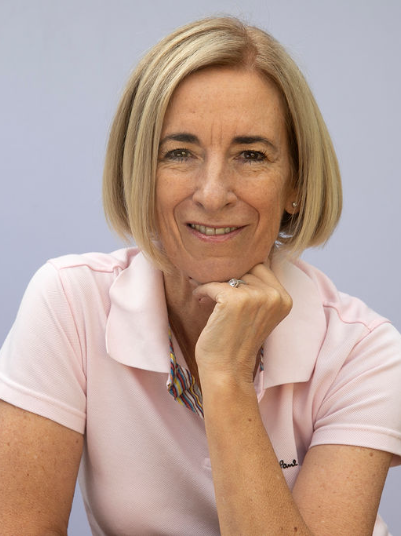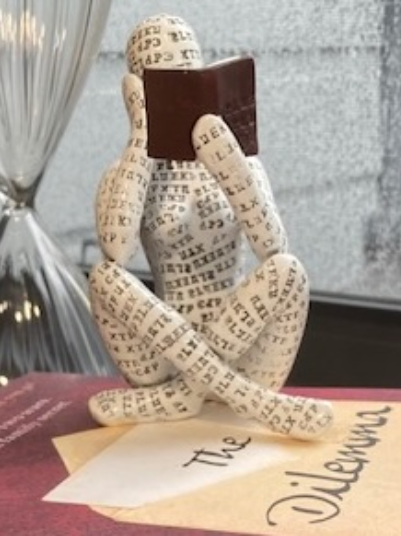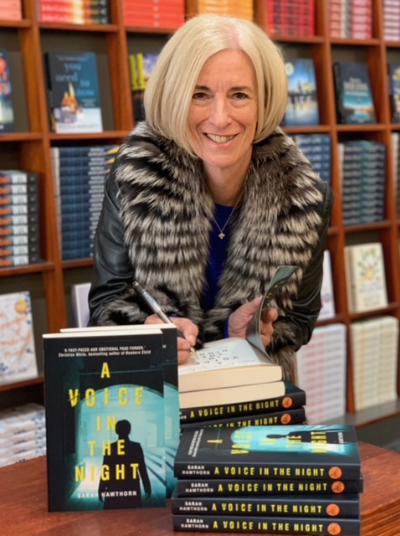
Behind the scenes of Love. Camera. Action
Love. Camera. Action. evolved because I was stuck for an idea for a book and, seeking inspiration, binge-watched some classic movies to see what it was about my old favourites that kept me gripped every time. Casablanca, An Affair to Remember, A Star is Born … wow. I loved them all.
And hence the germ of a plot – or several plots – was born. Why not write a book about a cinema that shows old films? And furthermore, why not have each chapter reflect the plot of the movie currently showing in my imaginary cinema?
When I roughed out the outline, to remain true to my intent that every section would mirror a movie, I had to find a movie to fit my narrative. Whilst I love many of the classics, I don’t have encyclopaedic knowledge of every storyline of every picture ever made. Thus, I spent a lot of afternoons and evenings curled on the couch, getting half way through a film before groaning when it veered off in a direction that didn’t suit my purpose. Although at times frustrating, this entire process was totally lovely. Aside from critics paid to do the job, who wouldn’t want to watch films and declare to their friends and family that they were working?
What started as a quirky idea also turned out to be a balancing act. Cultural references generally only work if the reader understands them, so I wanted to ensure that it wouldn’t matter if my audience wasn’t familiar with any of the films to enjoy the book. Maybe they’d seek them out later, or find them incidental, or for those ‘in the know’ it would add a bit of spice and fun – I’ll be interested to find out.
Love. Camera. Action’s opening chapter is The Money Pit, a reference to the 1986 comedy starring Tom Hanks and Shelley Long of Cheers fame, as a young couple who believe they are buying a bargain house, only to discover it’s falling apart and rapidly eating up their savings.
This cautionary tale about the pitfalls of taking on a dilapidated wreck whilst wearing rose-coloured spectacles, and never letting go of the dream that things will turn out ‘all right on the night’ was the perfect scene-setter for Love. Camera. Action.
The book opens with an aging, yet eternally optimistic actress buying a rundown old mansion with a small theatre which she envisions doing up and gaining small town fame when locals flock to her showings of old classics. It, too, is a money pit, which drains her bank account until she teeters on bankruptcy.
Things can only get better, yes?
And as the first patrons arrive at the cinema, the action moves to Chapter Two, Brief Encounter. And then The Nun’s Story, and War of the Roses, But, Dear reader, you’ll have to read on to find out how those romances ignite, fizzle or flare.
Sarah discusses her historical story, The Dilemma, and the genre differences with her thriller, A Voice in the Night.
Pauline Yates, award winning author and fellow Australian, interviewed Sarah Hawthorn for her 'Author Spotlight'.


